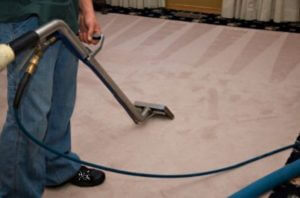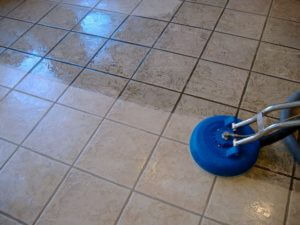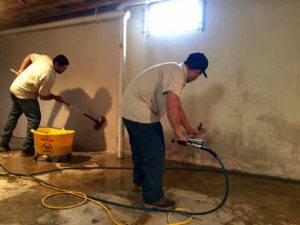If your facility has the misfortune of requiring a water restoration, your bad luck may not stop there. One of the most common issues following a water related emergency is lingering, musty odor in or around the affected area. Many people associate smell with lack of cleanliness, and in the case of water restoration, they are usually correct.
According to Jeff Cross of Cleanfax, if there is a lingering musty or moldy odor, there is moisture left behind, indicating a water restoration job not fully completed. “If it smells wet, it is wet. It can be a challenge to find all moisture on some jobs, but that has to be accomplished.” Says Cross. He indicates that if moisture is left behind, the consequence is mold. For example, if water is extracted from a floor, but there is still moisture that has seeped behind a baseboard, the dark and damp conditions provide ideal conditions for mold to grow. These conditions are also ideal when moisture has affected places such as a crawl space or attic. The key to a successful water restoration is follow up. The technician cannot simply wipe their hands clean of a restoration after extraction has been performed. This is where the professionals at C.M. Cleaning Company have your back.
In utilizing moisture meters, air movers, industrial grade dehumidifiers, and the most effective mold prevention chemicals, our highly trained technicians aim to reduce any chance of a lingering odor or residual mold growth. Moisture meters help to locate any moisture that has penetrated a surface, so even if you can’t see it, we can find it! When pairing good training with proper equipment and chemicals, there is no restoration job we cannot handle. With health and safety at the forefront of every workplace, you cannot trust just anyone to get the job done, and get the job done right.







